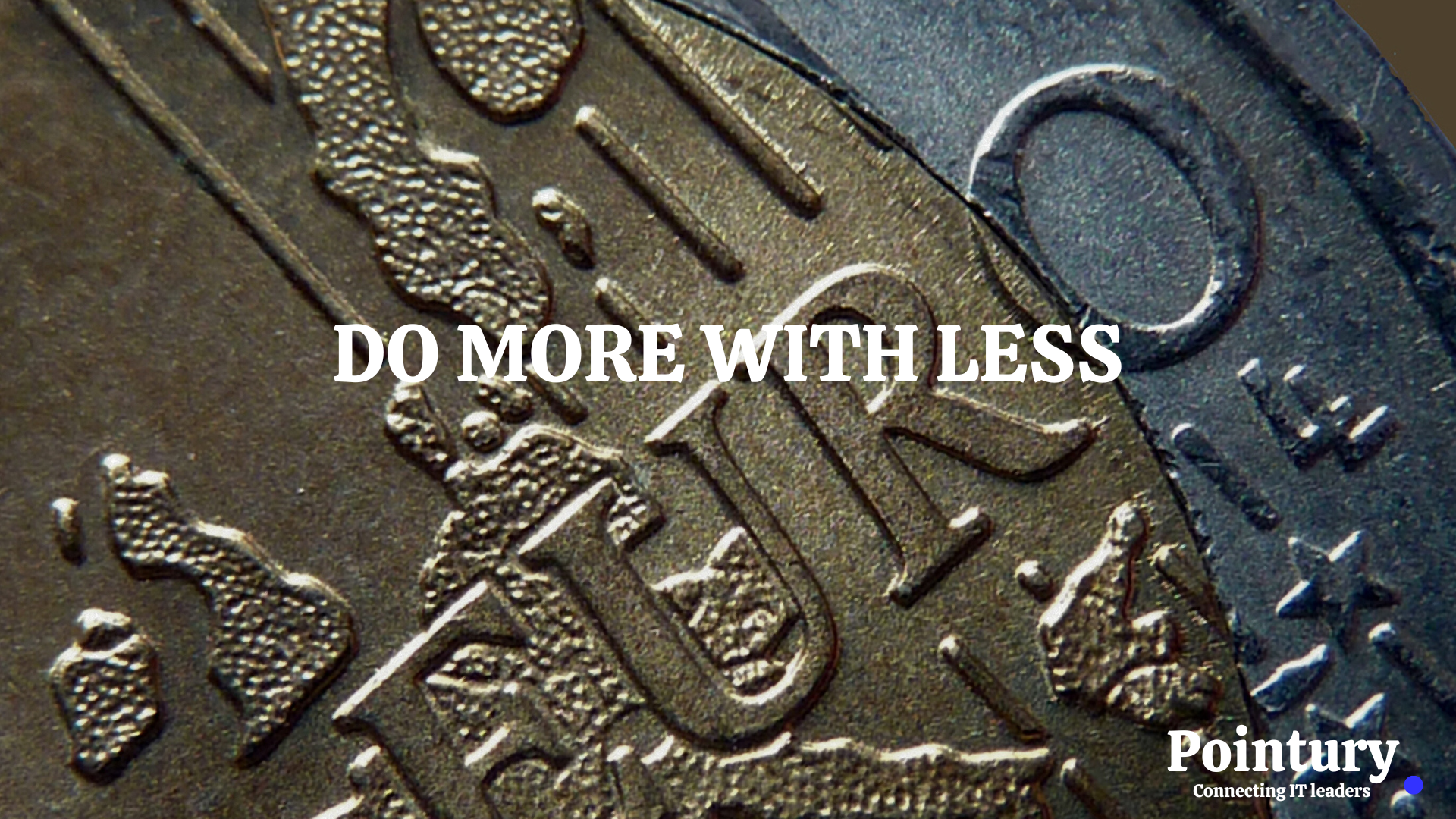INVESTING IN PEOPLE

Investing in People:
The Key to Unlocking Organizational Productivity
In the fast-paced world of business and commerce, where technological advancements and market dynamics continually evolve, organisations often find themselves strategising to enhance productivity and achieve long-term success. While investments in technology and infrastructure are crucial, equally important is an investment in the organisation's most valuable asset: its people. Investing in people is a strategic move that not only enriches the lives of employees but also significantly impacts an organisation's overall productivity and success.
Recognizing the Value of Human Capital
Human capital, comprising the collective knowledge, skills, and abilities of an organisation's workforce, is a critical determinant of its competitiveness and growth. Recognising this value prompts enlightened leaders to invest in nurturing, developing, and engaging their employees. Organisations that prioritise human capital investment experience a multitude of benefits, including enhanced productivity, innovation, employee satisfaction, and a stronger competitive edge.
1. Enhanced Productivity
Investing in people involves providing employees with the necessary tools, resources, and training to perform their roles effectively. When employees are well-trained and equipped, they can work more efficiently and contribute to higher levels of productivity. This, in turn, leads to improved output, higher quality work, and ultimately, increased organizational efficiency.
2. Innovation and Creativity
Investing in people fosters a culture of continuous learning and development, encouraging employees to think creatively and contribute innovative ideas. When employees feel supported and valued, they are more likely to propose innovative solutions to challenges and drive organizational growth through creativity.
3. Employee Satisfaction and Retention
Investing in the growth and well-being of employees demonstrates a commitment to their success and fulfillment. This commitment leads to increased job satisfaction and higher levels of employee engagement. Satisfied employees are more likely to stay with the organization, reducing turnover rates and associated costs while fostering a stable and skilled workforce.
4. Positive Organizational Culture
An investment in people helps shape a positive organizational culture that emphasizes collaboration, open communication, and mutual respect. When employees are supported and encouraged, they reciprocate by embodying the organization's values and goals, thereby fostering a cohesive and positive work environment.
Strategies for Investing in People
To effectively invest in people, organisations can implement various strategies tailored to their unique needs and objectives. Some fundamental strategies include:
1. Training and Development Programs
Implementing robust training and development programs ensures employees acquire new skills and knowledge to excel in their roles. These programs can include workshops, seminars, mentorship opportunities, and continuous learning initiatives.
2. Competitive Compensation and Benefits
Offering competitive salaries, benefits, and incentives attracts and retains top talent. A well-designed compensation package not only motivates employees but also reflects an organization's commitment to their well-being and contributions.
3. Employee Engagement Initiatives
Regularly soliciting feedback, involving employees in decision-making processes, and providing opportunities for growth and advancement are vital for employee engagement. Engaged employees are more likely to invest themselves fully in their work and contribute to the organization's success.
4. Health and Wellness Programs
Promoting employee well-being through wellness programs, health benefits, flexible work arrangements, and mental health support demonstrates a genuine concern for the holistic welfare of employees.
5. Diversity and Inclusion Efforts
Fostering a diverse and inclusive work environment where all employees feel valued and included promotes creativity, collaboration, and a broader range of perspectives, ultimately leading to better decision-making and outcomes.
Conclusion
Investing in people is a strategic imperative for any forward-thinking organisation. The benefits of nurturing and developing human capital are far-reaching, positively impacting productivity, innovation, employee satisfaction, and organisational culture. It's time for leaders to recognise that investing in their people is an investment in the organisation's long-term success and growth. By dedicating resources and effort towards the growth and well-being of their employees, organisations will unlock their true potential and achieve their goals in an ever-evolving business landscape.


